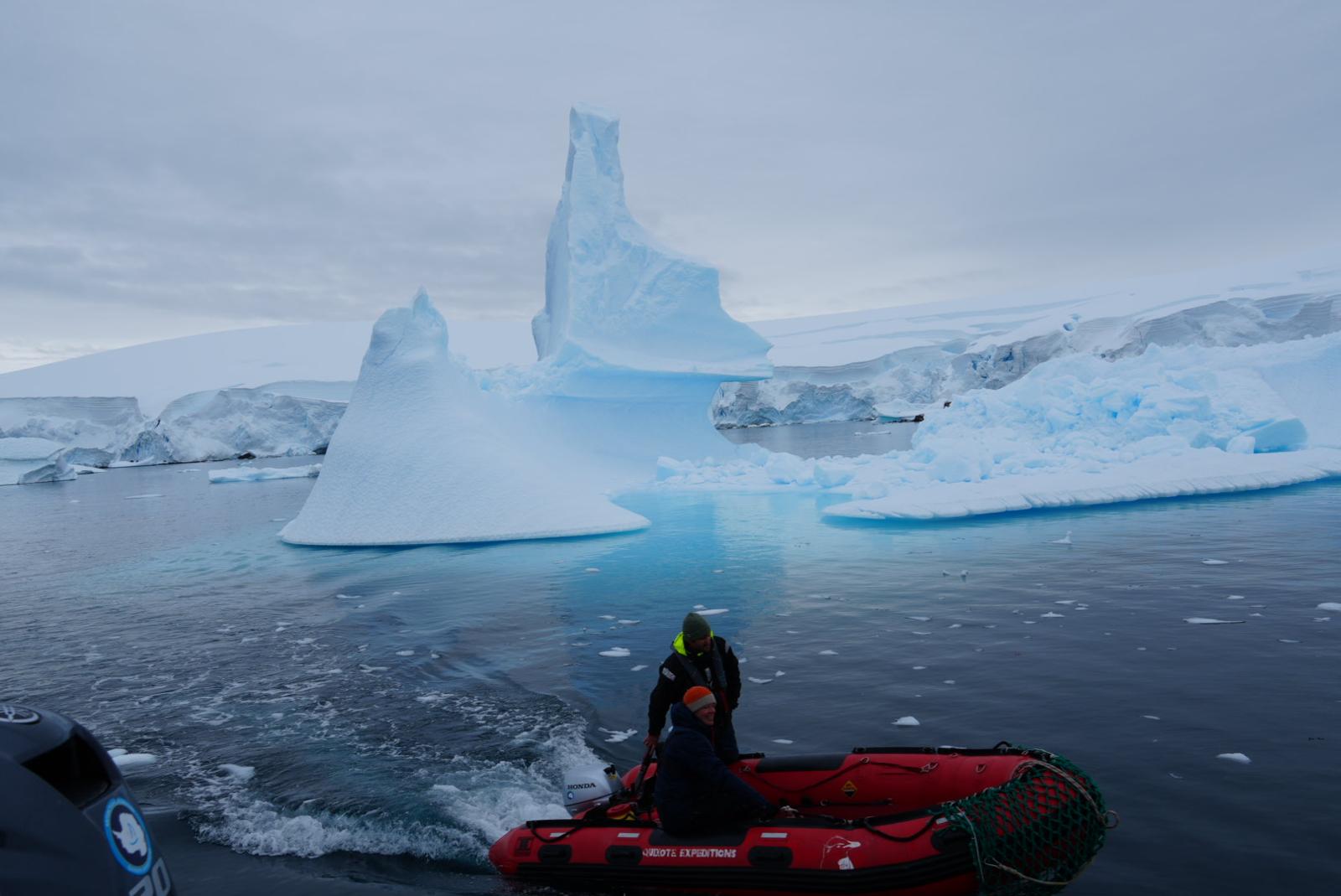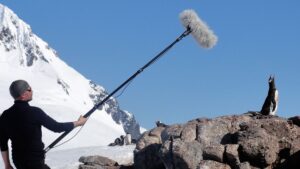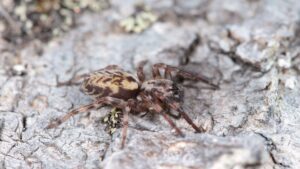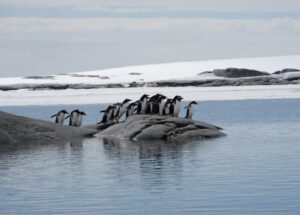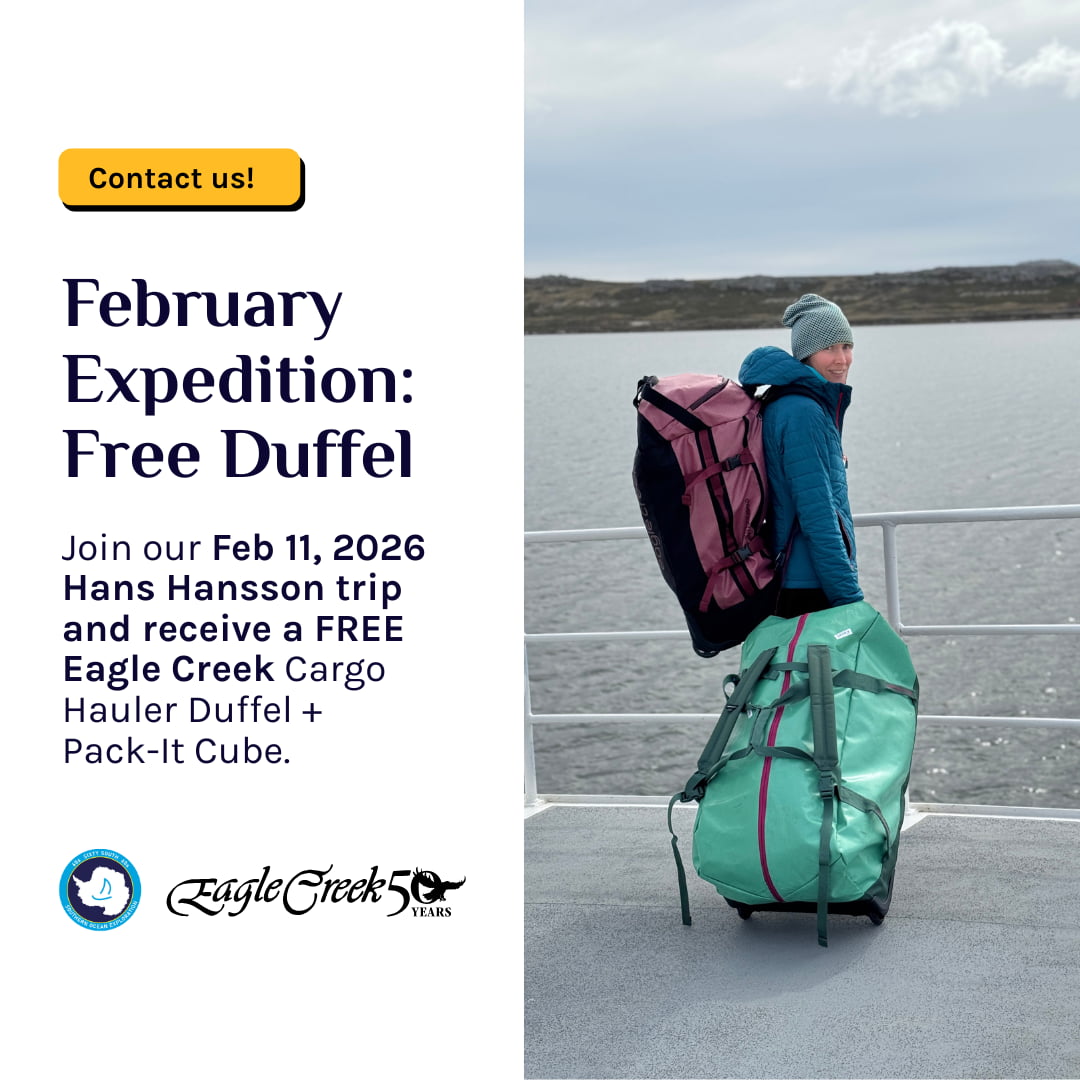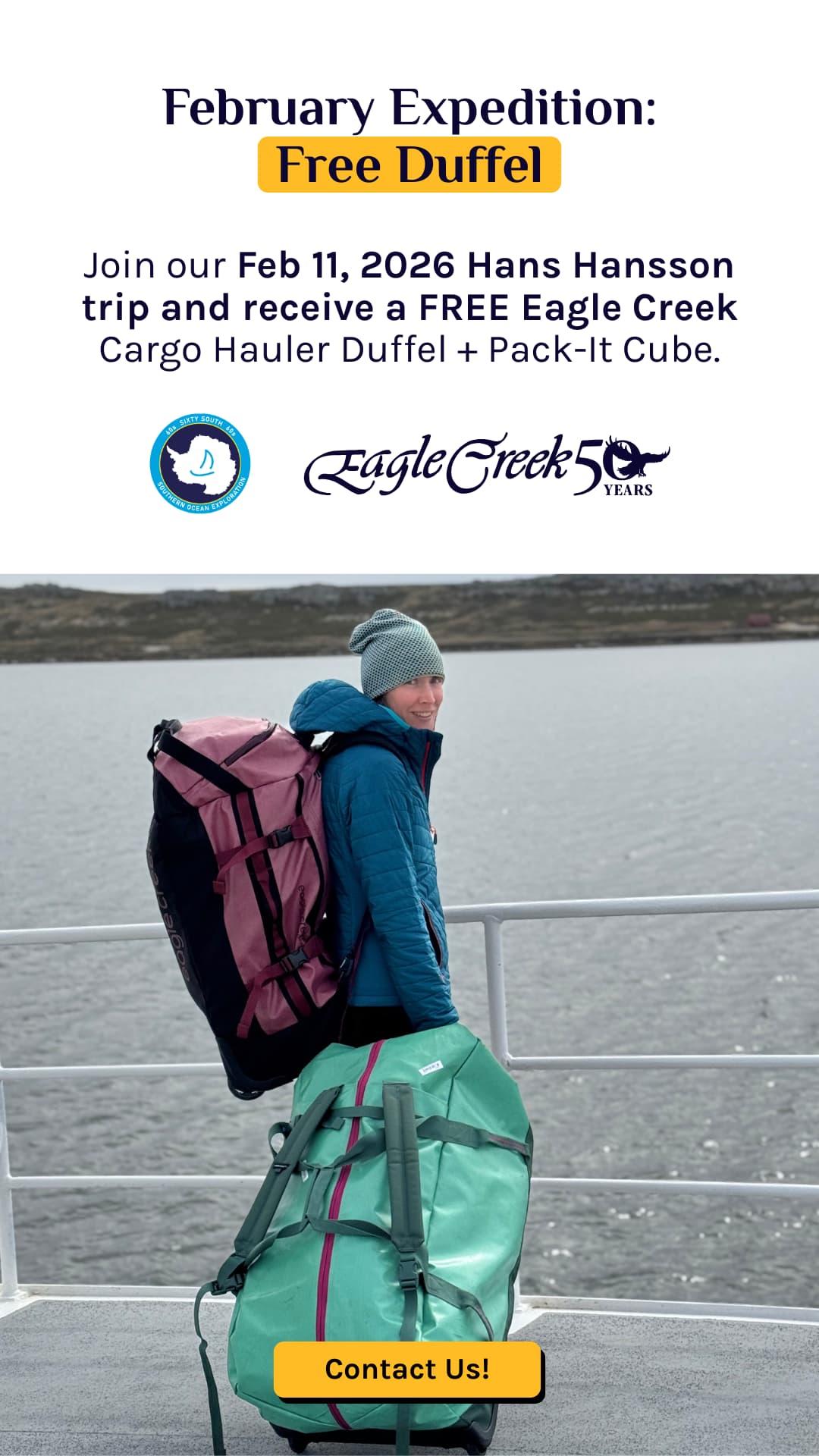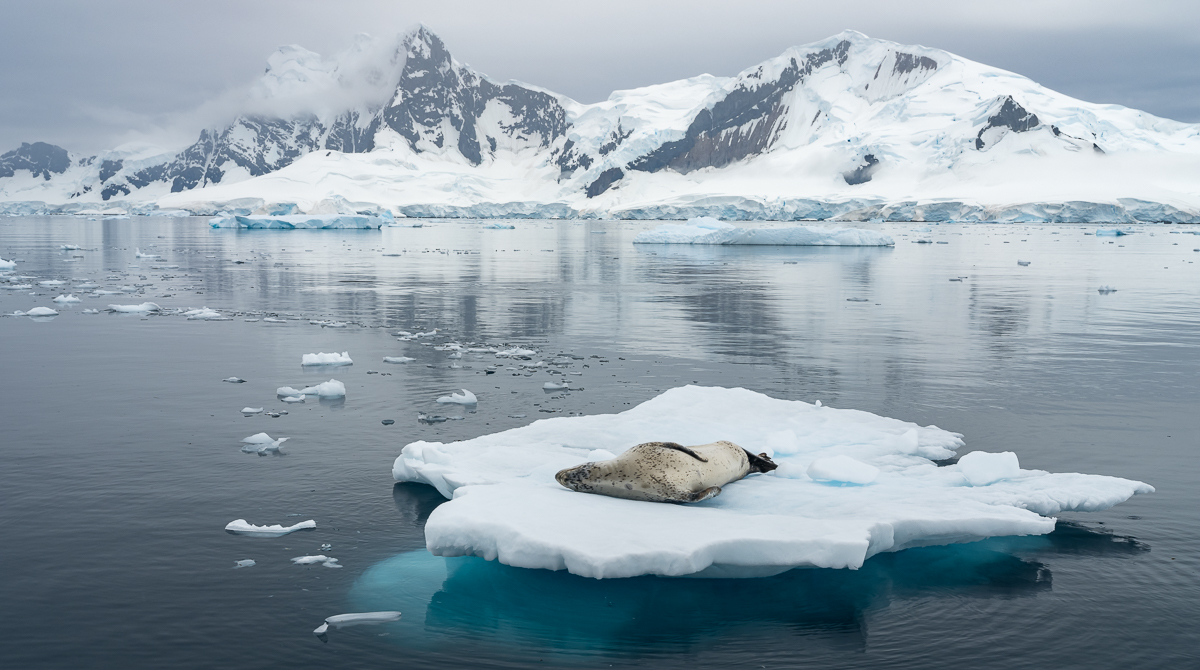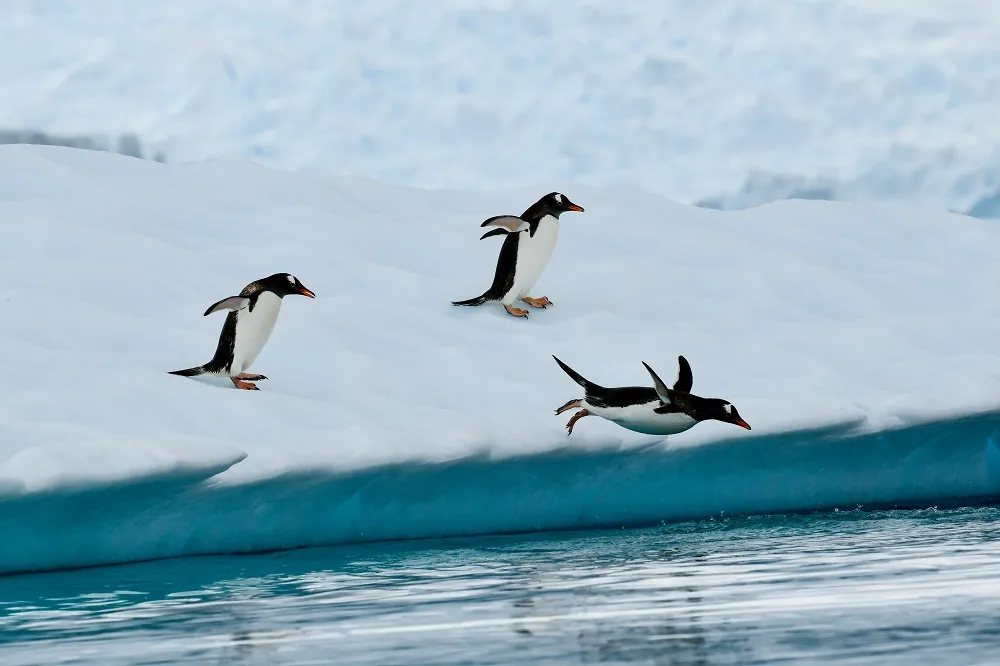While the last few blogs have followed the experiences of our guest scientists who researched aboard 60 South, this time, the blog will feature two passengers! I had the privilege of interviewing Mo Kennedy and Christoph Roshardt, who recently returned from their December Antarctica trip with penguin scientist Clare Flynn. They recounted their experiences so vividly and energetically that I could imagine myself in Antarctica with them. Explore their incredible adventures below!
Animals
Relaxing on the small Zodiac boat beneath a still, clear blue sky, Mo and Clare spotted a colony of penguins. While at first they calmly huddled on the top of a rock outcropping, one penguin broke from the group and dove confidently into the water. The others slowly joined until they formed a stream of penguins, blurs of black and white fearlessly splashing into the ocean. After the captivating show, the two laughed together in amazement.
During the trip, Mo and Christoph encountered incredible wildlife, observing penguins, humpback whales, orcas, elephant seals, and a variety of birds. Clare identified each type, pointing out blue eyed shags, albatrosses, petrels, and more. While her primary focus was studying penguins (featured in an earlier blog), she eagerly shared her knowledge of the Antarctic animals.
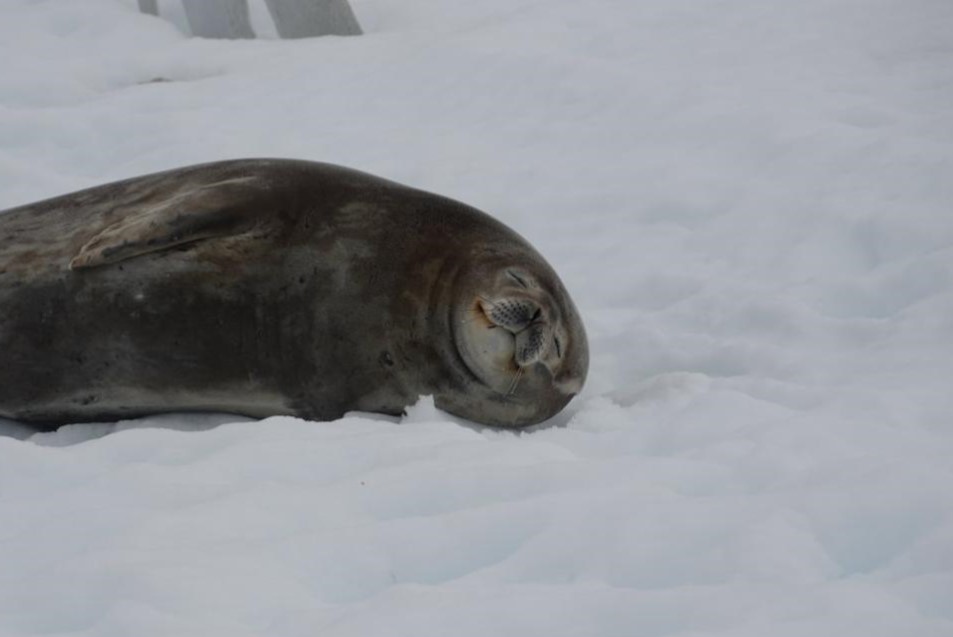
Mo and Christoph enjoyed having the chance to casually ask Clare questions, like facts about the different birds, while also learning from her engaging presentations on penguins and Antarctica’s food web. She explained the differences between the three penguin species on the Antarctic peninsula– the Adélie, the Chinstrap, and the Gentoo– including how the Gentoo’s adaptations have driven their rapid population growth in a process she humorously called “Gentoofication.” She also explained how the penguins make their nests and how the males guard the eggs after they are laid, fasting and losing up to half of their body weight while the females forage for food. The couple learned to stay five meters away from the penguins per IAATO guidelines, and the importance of penguin highways (penguins always have the right of way!). Having an expert on board to help them better understand and appreciate their surroundings. Christoph even supported Clare’s research by catching her drone after it flew over Chinstrap penguin colonies on tall, rocky cliffs.
The penguin colonies they visited varied in size from just 100 to a few thousand birds. While only Clare could approach them more closely given her scientific permit, she shared tips with the passengers for penguin watching. She recommended that instead of wandering around to see different groups of penguins, they should pick one and watch the drama unfold. Following her advice, the couple watched as penguins stole rocks from others’ nests, bringing them to their partner to strengthen their own nests. Other times, a penguin leader would aggressively chase away intruders to protect the colony.
Camaraderie and Curiosity
Just as the penguins had their own antics, the passengers and crew found ways to bond and collaborate. Christoph and passengers worked together to build a snowman on deck using the 8 inches of snowfall from the night before. Christoph also lent his cooking abilities by helping the chef chop vegetables for the meals. He was amazed at the variety of food– 3 meals a day for 3 weeks with no repetition. Some of the recipes were so delicious that he wished the chef would repeat once in a while, especially the incredible empanadas and beetroot soup.
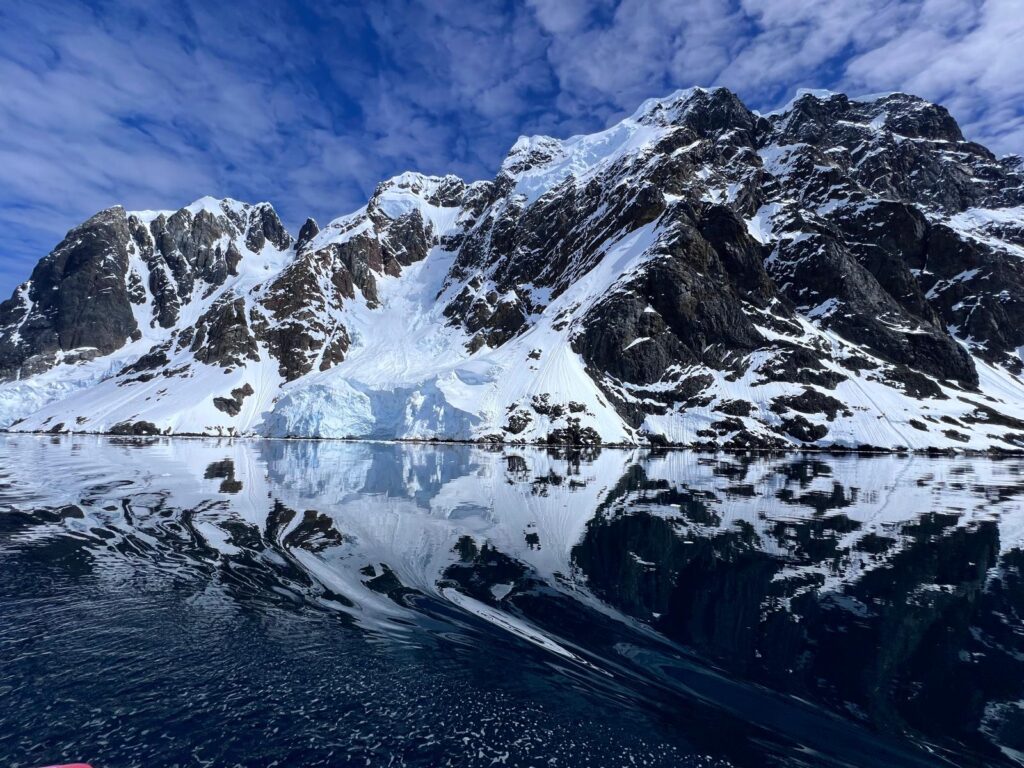
Other crew members showed them the ropes– literally– as the couple tried their hand in sailing, helping pull the lines and picking up a few skills. They also became citizen scientists by supporting phytoplankton research. One stormy night, while sheltering near the wreck of the rusty Governoren, an old Norwegian factory ship that ran aground in 1915, crew member Lucas explained the importance of phytoplankton, which produces at least 50% of the world’s oxygen. They joined him in collecting plankton samples, drilling for around 10 minutes, pumping the water through a filter, then freezing the samples for scientists to study as part of FjordPhyto.
Beauty and Solitude
While crossing the Drake passage, passengers took three-hour shifts to watch the water, ensuring the boat avoided hitting king crab traps in the Beagle Channel and icebergs close to Antarctica. Mo remembers the fun of spotting the king crab buoys in the water and warning the captain to steer around them. Over three days, they helped with the watches (shifts) onboard and experienced every hour from morning to midnight, although they were so far south that the sky never grew dark. Christoph said he never got bored during a shift, entertained by the beautiful birds. On the third day, they reached the icebergs. The first was massive, almost the size of an apartment building. Another featured two penguins fighting and waddling hilariously on their short legs. Others looked like abstract art, pictures of untouched beauty.
They enjoyed the detachment from technology to fully absorb the gorgeous scenery. Christoph, who grew up in Switzerland, was awestruck sailing through the Lemaire channel with 3,000 foot, snow-covered mountains on either side and a view ahead of the massive Mount Francais. Meanwhile, Mo loved the kayaking day, enjoying Antarctica’s unique color palette of nearly 50 shades of white offset with deep blues and muted grays, unlike anywhere else in the world. The continent’s untouched pristine nature evoked overwhelming emotion and wonder. Surrounded by unnamed mountains, they explored sites that few people knew about, much less had ever visited.
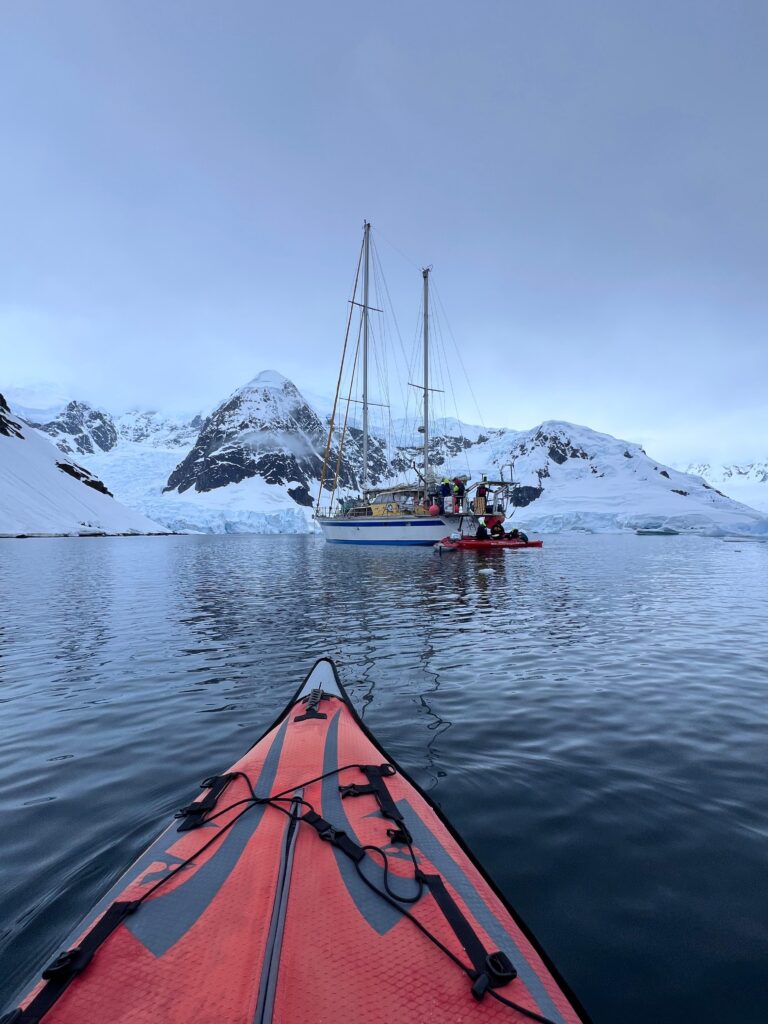
For those interested, 60 South offered a chance to sleep on the snow underneath the vast sky for one unforgettable night. Lucas spaced each person, close enough for the staff to keep track of, but far enough to experience peaceful solitude. Each bundled up with a thermal pad and sleeping bag, and immersed themselves into the Antarctic night.
Mo and Christoph shared that even a month later, they’re still absorbing their incredible experience in Antarctica with 60 South. They loved its mix of adventure, learning, and awe-inspiring scenery, and will always carry these memories with them.
We’re grateful that Mo and Christoph joined us and we look forward to helping others create amazing memories with 60 South!
